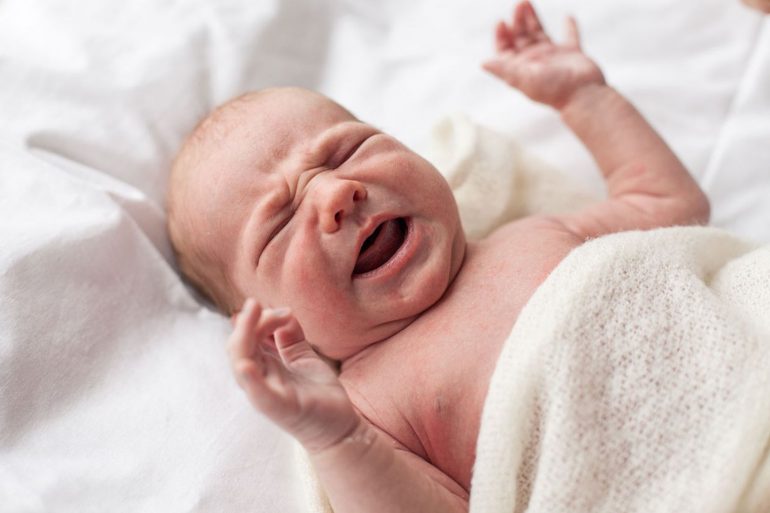For these reasons, do not smoke during pregnancy or after the birth of your baby, and do not allow others to smoke near your baby.
Breastfeed your baby to reduce the risk of sudden baby death syndrome
Research shows that:
Babies who are breastfed or breastfed for the first 6 months of life have a lower risk of sudden baby death syndrome.
Breastfeeding has many health benefits for mothers and babies.For this reason, breastfeed your baby as much as you can for as long as you can.
If you take your baby to bed to breastfeed when you are done, be sure to put your baby back in a separate area but in the same room as you. This can be in a safety-approved * playpen, bassinet or crib next to where you sleep.
To reduce the risk of SIDS, give your baby a dry pacifier or pacifier that does not have a cord around it at nap time or night.
Research shows that babies who were the last put to sleep have pacifiers or pacifiers have a significantly lower risk of SIDS than babies who were not given pacifiers.
For this reason, consider giving your baby a dry pacifier at bedtime, but don’t force him to use it either.
Consider the following if you are using a pacifier:
If you are breastfeeding, wait until your baby is used to feeding on your breast before trying to give him a pacifier.
Due to the risk of strangulation, do not hang the pacifier around your baby's neck and do not put it on their clothes with a string.
Do not cover the pacifier with something sweet or sticky.
Clean the pacifier often and replace it regularly.
If the pacifier falls out of the baby's mouth when he is asleep, it is unnecessary to put it back in his mouth while he sleeps.Don’t let your baby get too hot when sleeping.
Research shows that:
Some babies are more likely to die from SIDS if they are dressed in two or more layers of clothing at bedtime.
Babies who get too hot when they sleep may sleep very soundly and cannot wake up on their own, which could play a role in SIDS.For these reasons, don’t dress your baby in more than one layer of clothing than an adult would wear for comfort. Keep the room at a temperature that is comfortable for an adult.
When a baby is too hot, they could be sweaty, have damp hair, flushed or red cheeks, a heat rash, or they could breathe rapidly (as if they are panting).
It has been decided to review the relationship between co-sleeping and sudden infant death, since SIDS (sudden infant death syndrome) is the leading cause of postneonatal death in developed countries, due to the alarm and unknowns it produces, due to the psychological impact families, due to the unclear etiology, ignorance and lack of confidence in prevention campaigns and, finally, as is clear in consultation, there are still things to learn and to do.
Co-sleeping or family bed consists of sleeping with your baby sharing a bed or room. It is a very widespread practice in some parts of the world, related to a greater bond between parents and the newborn baby (1).
There are 3 ways to co-sleep:
- Share the same bed.
- With a cot-co-sleeping attached to the parents’ bed (cot-sidecar).
- With a cot separated from the bed but in the same room.
publishes-TFG-book-ISBN
In a clinical trial, no adverse effects of this practice were observed, but some potentially dangerous situations were observed in children who slept in the mother’s bed, not in the so-called sidecar crib. The ABM (Academy of Breastfeeding Medicine), in its 2008 clinical protocol on co-sleeping and breastfeeding, sets out its recommendations for safe co-sleeping (2): baby’s prone position, flat and firm surface, do not cover the child’s head, not with mother who smokes or takes drugs that alter the level of consciousness or alcohol, etc. In this protocol, the Academy of Breastfeeding Medicine (ABM) names the use of the sidecar crib as an alternative to bed-sharing since it provides proximity and access to the infant but on an independent surface. Maternity wards must have sidecar-type cribs and offer mothers the possibility of this type of co-sleeping with their child to facilitate the establishment of breastfeeding. (Strength of recommendation B)
What if I want to put a blanket on my baby when I put him to sleep?
Blankets are not recommended. In most cases, to keep the baby warm while sleeping, it is sufficient to put light nightwear without a blanket. If you are concerned that the room is not warm enough, consider putting your baby in a romper or one-piece pyjamas.
See the legend.
If you use a blanket, put the baby on his feet at the foot of the crib. The blanket should not reach higher than the baby’s chest. Tuck the edges of the blanket under the mattress to make it more secure.
If you decide to use a blanket, do so safely as follows (sometimes called the “foot to toe” method):
Place baby with feet at the foot of the crib or sleeping area.
Tuck the edges of the blanket under the mattress.
Keep the blanket away from the baby's face. The blanket should reach the baby's chest or armpits as far as possible to make it safer.
To keep your baby warm under the blanket, but to prevent overheating, wear only light sleepwear such as a diaper, overalls, T-shirt, or one-piece pyjamas.Follow the advice of a healthcare provider for your baby’s immunizations and well-child visits.
Following the recommended vaccination schedule for your baby is protective against SIDS. Research has shown that vaccines reduce the risk of SIDS by 50% .1
There is no evidence that vaccines cause SIDS.
For this reason, follow your healthcare provider’s advice for your baby’s immunizations and routine visits.
